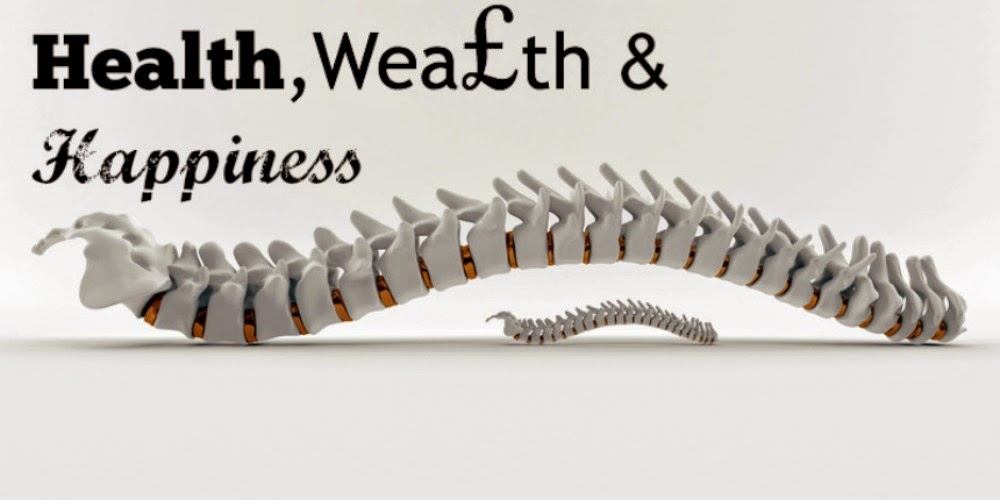 Every New Year, our clinics see dozens of new and
existing patients whose Christmases have been ruined by musculoskeletal
pain, most of which could have been prevented – it isn't just a pain in the neck, we see backs, shoulders, knees, hips and a host of other problems at this time of the year.
Every New Year, our clinics see dozens of new and
existing patients whose Christmases have been ruined by musculoskeletal
pain, most of which could have been prevented – it isn't just a pain in the neck, we see backs, shoulders, knees, hips and a host of other problems at this time of the year.
There are a number of factors that lead to the upsurge in
cases during December – starting with the dreaded Christmas shopping – a
phrase that we all know can sometimes mean different things to different
genders.
Everybody is familiar with the stereotypes: women make
multiple forays into town to accumulate gifts for children, uncles, aunts,
nieces and nephews breaking only for regular cappuccinos; blokes stick their
head in the sand whilst getting privately stressed and grumpy, then rely on a
mad dash sometime late on Christmas Eve.
 There is, of course, a compromise to be struck: loath
though I am to lift a finger towards Christmas until Advent is upon us, if I
see a gift that fits the bill perfectly, I don’t let the fact that it’s still
only November prevent me from buying it … and that’s our first tip to avoid
injury: buying in smaller quantities prevents overloading muscles, joints and
ligaments.
There is, of course, a compromise to be struck: loath
though I am to lift a finger towards Christmas until Advent is upon us, if I
see a gift that fits the bill perfectly, I don’t let the fact that it’s still
only November prevent me from buying it … and that’s our first tip to avoid
injury: buying in smaller quantities prevents overloading muscles, joints and
ligaments.
If, however, you are going in for a major shop then it’s a
good time to forget about those 10,000 steps a day and park as close as you can
to the shops and make regular trips back to the car to drop off bags before
they become too heavy or awkward.
 A couple of breaks for a sit-down and a warming,
re-hydrating cuppa can also help take the strain off shopping-weary
backs –as far as your spine and pelvis are concerned, there is a huge
difference between walking at a constant regular cadence, and shuffling through
the start-stop of shops: so start with a plan rather than wandering aimlessly,
it will mean less time on your feet and less strain on your joints … tempting
though it is to search out the best bargains, looking at the same item in half
a dozen different stores adds mileage and any savings need to be offset again
extra parking time… and a visit to a chiropractor if you’ve overdone it! Five minutes preparation before you leave the
house can also be worth a ton of cure:
A couple of breaks for a sit-down and a warming,
re-hydrating cuppa can also help take the strain off shopping-weary
backs –as far as your spine and pelvis are concerned, there is a huge
difference between walking at a constant regular cadence, and shuffling through
the start-stop of shops: so start with a plan rather than wandering aimlessly,
it will mean less time on your feet and less strain on your joints … tempting
though it is to search out the best bargains, looking at the same item in half
a dozen different stores adds mileage and any savings need to be offset again
extra parking time… and a visit to a chiropractor if you’ve overdone it! Five minutes preparation before you leave the
house can also be worth a ton of cure:
•
Wear comfortable, well fitting, shoes.
– ‘Air soles’ help take strain off backs
as well as feet whilst you’re pounding the pavements.
•
Don’t bring any unnecessary things with you before you
start shopping
– You’ll have plenty to carry,
so start light.
•
Think about how you’re going to transport stuff.
– Can you use a backpack? http://tiny.cc/2ybcpy
– Carry shopping bags equally
on both sides so you’re balanced.
– If it’s heavy,
can you get it delivered?
•
Mind your posture!
– Don’t let your shoulders slump: walk tall with
your shoulders back.
• If something does go wrong…
– We have six chiropractors ready to spring into action
– We are always happy to see someone before anything major goes
wrong, so why not get a winter check-up – an ounce of





















